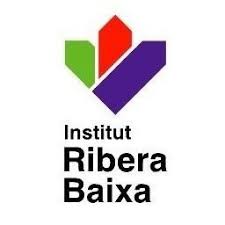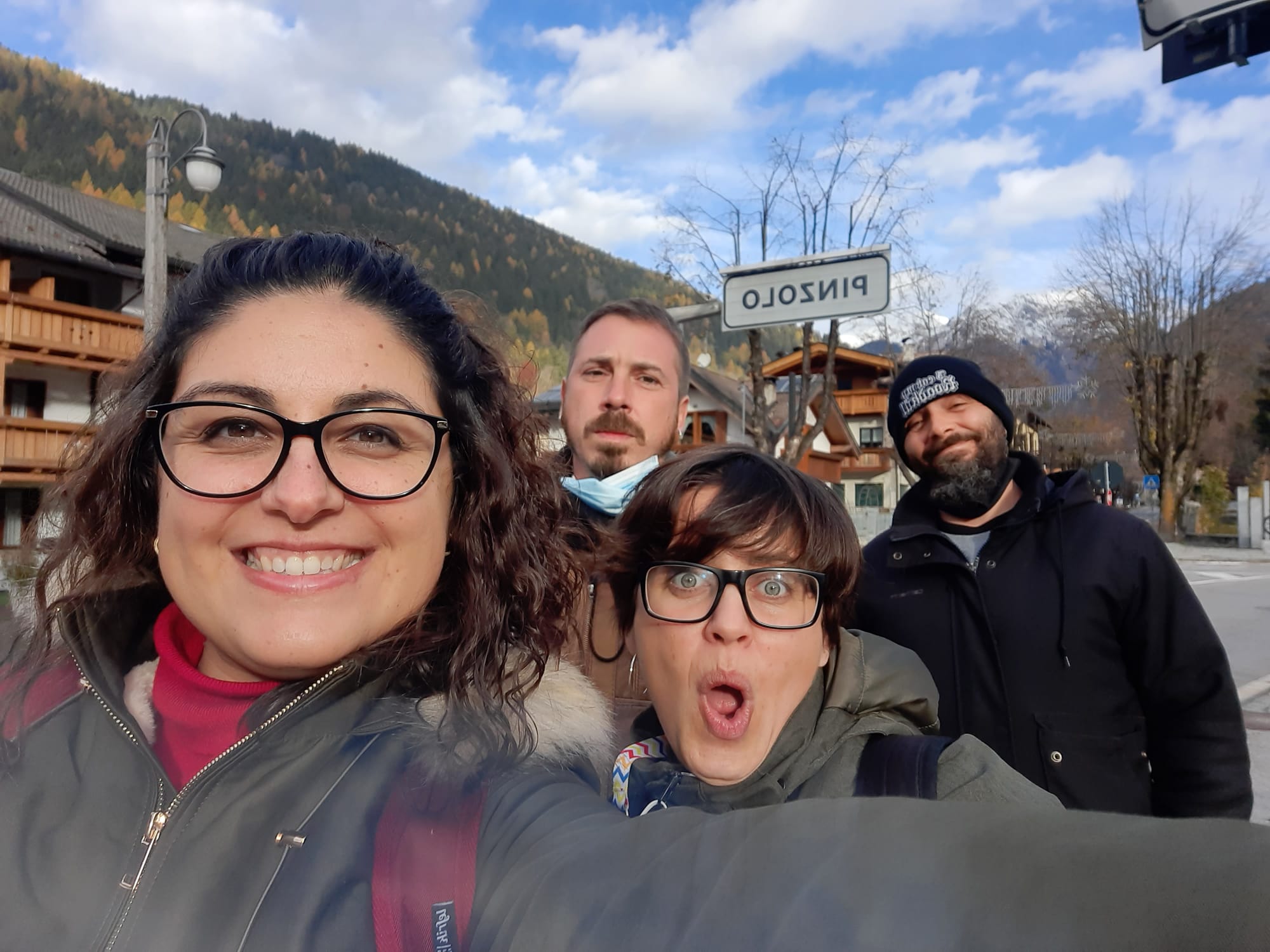Institut Ribera Baixa, Barcelona
INSTITUT RIBERA BAIXA
Our school is located in the outskirts of Barcelona, in El Prat de Llobregat. Despite gathering quite many major companies and frantic economical activity, such as Barcelona airport and Amazon warehouses, for example, it is a town that has always had its shades and lights. There are residential areas of apartments, local shops, supermarkets, five public Primary schools and semi-private schools, three more high schools, a few parks, three indoor sports centre,a theatre, a cinema and a church, a public library and a building dedicated exclusively to the young citizens of the town (teenagers and young adults in their early twenties) with plenty of services such as study rooms, and information services like mentoring and advising on issues that concern them. The neighbourhood we work in has always been traditionally working class and a huge influx of new-comers and their respective cultures.

The sociocultural level of the school population ranges from low to middle level. Most of the students’ progenitors work outside the home, although a significative number of them are unemployed. Nearly all of the parents have an intermediate education, amb a few of them have university studies. In general, they value positively the academic and cultural education of their children.
Our school has a staff of about 50 teachers and 4 administration and service workers who serve a total amount of about 600 students. In terms of age, our students range from 11 to 18 years, covering compulsory secondary education and higher education (Batxillerat – Baccalaureate). In terms of equipment, we are in line to the current trends of use of new technologies in the classroom, as well as an evident eagerness to work through projects the more the better.
The School Project (also known as PEC: Projecte Educatiu de Centre) puts great emphasis on languages (especially English), on the acquisition of both digital and personal-social key skills. Hence, it is a priority to provide with the appropriate atmosphere in class to facilitate oral expression. For this reason, first years students spend two hours a week, out of the three on their schedules, in smaller split-up groups. This facilitates classroom management and students have more opportunities to practice English.
Secondly, as said before, the high school is committed with the acquisition of the core competences in the field of information and communication technologies. Given their transversal, instrumental nature, these skills are linked to all the subjects in the curriculum and to attain them we must coordinate ourselves (the teachers’ team from different fields).
This didactic programme is designed for the first year of Compulsory Secondary Education. The age of our students is a major factor in our decisions about how and what to teach since people from different ages have different needs, abilities and cognitive skills. From the point of view of students’ personal development, Compulsory Secondary Education coincides with their adolescence years. During this period, students experience a special and significant process of change. They live emotional and social changes of great importance in addition to transformations at both cognitive and intellectual levels. At twelve years, students start to develop a type of abstract thinking; they have a greater ability for abstract thought in order to reason, formulate and test hypothesis, argumentation and reflection. This fact, together with their passionate commitment to do what they are doing once they are engaged makes adolescents be the most exciting students of all.
Adolescence is bound up with the construction of their own identity, acceptance of the possibilities and limits of their own body. They need to feel good about themselves and be valued: an acceptable level of self-esteem is paramount at this age. As teachers we must bear in mind the changes that our students are undergoing, their traits, their interests and motivations.

